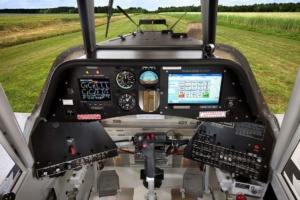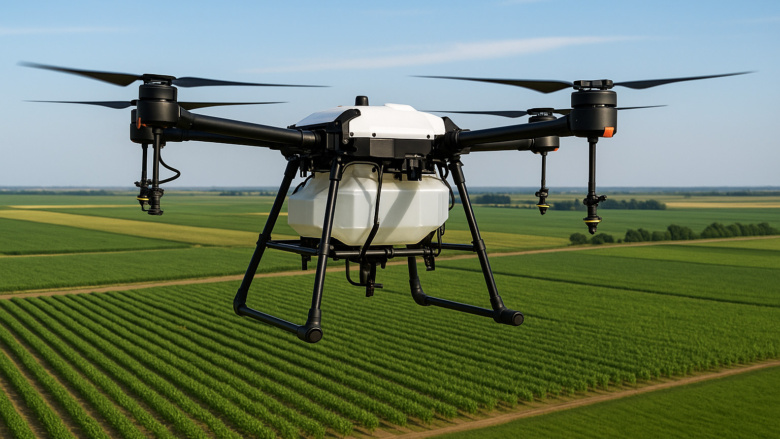From Biplanes to Cutting-Edge Tech
The journey from the early days of crop dusting to today’s high-tech operations is remarkable. Decades ago, pilots flew radial-engine biplanes with rudimentary spray arms. Today, they operate highly specialized aircraft equipped with GPS-guided software, real-time weather updates, and heads-up displays to ensure precision and safety.
This evolution has revolutionized farming. Aerial application now treats over 127 million acres annually, contributing $37 billion to the U.S. agricultural economy. These numbers come from the National Agricultural Aviation Association (NAAA).
A Day in the Life of an Ag Pilot
For ag pilots, a 'typical day' starts before sunrise and stretches well into the night. Their work involves:
– Prepping the aircraft with fuel and chemicals.
– Dodging power lines, trees, and cell towers while laying down precise applications of pesticides and herbicides.
– Dealing with weather changes, maintenance needs, and other unexpected challenges.
With only 3,400 agricultural pilots in the U.S. (out of over 100,000 FAA-certified commercial pilots), it’s a demanding and highly specialized profession.
The Aircraft: Thrush – Powerhouses of Precision
Thrush Aircraft stands as a leading manufacturer in the aerial application industry, providing ag pilots with robust, reliable, and efficient planes. Thrush aircraft are designed to carry heavy chemical loads and distribute them with precision. Models such as the Thrush 510P and 710P are known for their durability and capacity, with advanced spray systems that ensure even application across vast fields.
With payload capacities ranging from 500 to 710 gallons and speeds of up to 190 mph, Thrush Aircraft delivers the power and performance necessary for modern agricultural operations. These planes integrate advanced features like GPS navigation, automated flow control, and ergonomic cockpit designs to improve safety and efficiency.
Challenges in Ag Aviation
Ag pilots face numerous challenges, including:
1. Safety: Navigating low altitudes with obstacles like power lines requires constant vigilance. Complacency can lead to accidents.
2. Time: Becoming a qualified ag pilot requires years of training, including a minimum of 500 hours of tailwheel flight time.
3. External Factors: Weather, economic fluctuations, and regulatory decisions can significantly impact operations.
The Future of Crop Dusting
Emerging technologies, such as drones, are starting to complement traditional aerial applications. While drones excel in small-scale applications, conventional ag aircraft like those from Thrush remain unmatched for large-scale operations requiring heavier payloads.
A Tribute to Ag Pilots
The next time you enjoy fresh produce or drive past a golden field of crops, take a moment to appreciate the pilots and teams who make it possible. These unsung heroes in the sky have blended tradition with cutting-edge technology to keep our agricultural systems thriving.
References
1. National Agricultural Aviation Association (NAAA) – https://www.agaviation.org/about/about-ag-aviation/industry-facts-faqs
2. Thrush Aircraft – https://www.thrushaircraft.com/
3. FAA – https://www.faa.gov/



